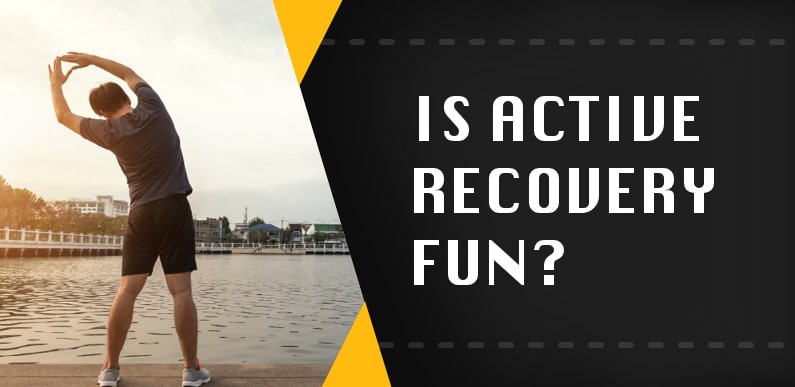Running is one of the human body’s essential, instinctual movements. We are designed to running.
However, many people hate running. They view it as a punishment. Most people avoid running at all costs.
Running doesn’t have to be hard. You can run fast and far if you know how to train. Here’s how:
Faster
Interval Training
If you want to run faster, you should be doing some kind of interval training. Basically, interval training is running hard for short bursts of time, then recovering briefly and repeating.
As you perform more of these workouts, you’ll find yourself able to run the hard segments faster. Also, you’ll recover quicker during the light bursts.
Fartleks
The name is funny, but it’s actually Swedish for ‘speed play.’ A fartlek is a type of running workout that involves alternating running hard and running at an easy pace.
Fartleks are similar to running intervals, but less intense and over a longer period of time. A fartlek can last 20 minutes or more. They can be structured – like one minute on, one minute off, or unstructured – like running hard between street signs.
Hills
It may not feel like when trudging up a steep hill, but you’re actually getting faster. Hills work your glutes, hamstrings, calves, core, and quads in ways that they aren’t worked on flatter surfaces.
The best way to do hill runs is to attack them with sets. Run as fast as you can up the hill, then walk back down. Repeat 5-10 times for an awesome speed-boosting workout.
Farther
Slow down
One habit many beginning runners fall into is running too fast, too hard, too often. If you want to run farther, you probably have to slow down. Don’t be afraid to walk!
Also, if you don’t take the necessary recovery time, your body won’t be able to speed up. Make sure you plan rest days appropriately.
This means running at a pace that would allow you to hold a conversation with another person. As you do it more, your body will become more used to the movement and you’ll be able to run farther without tiring yourself out.
Strength training
Running far requires a lot of muscular strength in your legs and feet. If you aren’t strong enough, your muscles won’t be able to handle the load of a long run and you may be risking injury.
Strength training obviously has way more benefits than running endurance. In general, it’s recommended that you do at least 1-2 workouts in general for peak health.
Cross-training
Running is considered a high-impact exercise. When you run fast and far for a long time, your joints and muscles take a beating and need rest. However, you can still improve your endurance without running.
Choose low-impact exercises, such as swimming, cycling, and walking. They still allow you to get a top-notch workout without putting more strain on your joints and muscles. On days you don’t run, try 30 minutes of non-running cardio.
To read more Movement and Recovery related blogs, click here!






